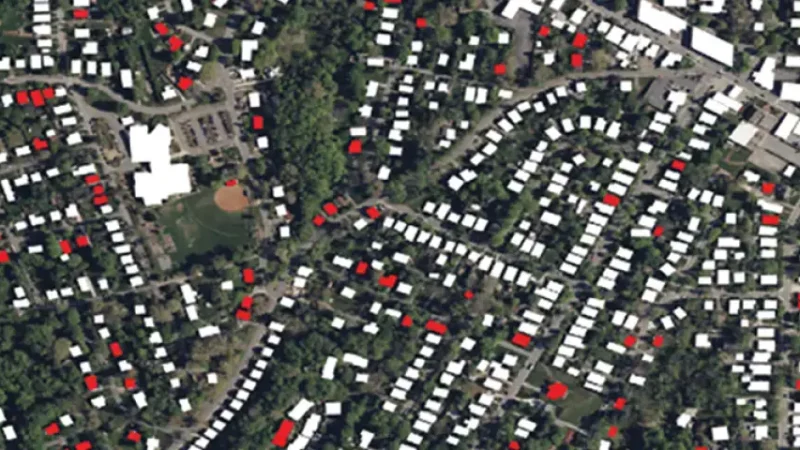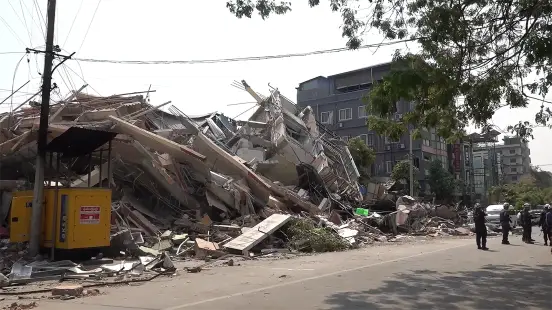The magnitude 7.7 earthquake that struck Myanmar on March 28 caused massive destruction due to the collapse of vulnerable buildings, not the strength of the quake alone, according to a new UNU-INWEH report.
Using Sentinel-1 satellite radar, researchers assessed damage in seven cities including Mandalay and Woundwin, identifying over 157,000 likely damaged buildings. The quake left an estimated 200,000 people homeless and caused between 3,600 and 5,350 deaths. In Woundwin, 73% of buildings were affected.
Critical infrastructure was severely impacted, with at least three hospitals destroyed and 22 partially damaged. The quake also damaged thousands of historic sites, including ancient pagodas and monasteries.
“The tragedy wasn’t unexpected,” said Dr. Manoochehr Shirzaei, lead author and Chief Scientist at UNU-INWEH. “The collapse of non-engineered structures—especially unreinforced masonry—was the main driver of loss.”
The report highlights governance failures, poor enforcement of Myanmar’s 2016 building code, and broader socio-political challenges as major risk multipliers.
UNU-INWEH Director Prof. Kaveh Madani emphasized that “building codes, land-use planning, and education are life-saving tools—not paperwork.”
The report urges immediate action: enforce modern seismic codes, retrofit critical and cultural buildings, invest in public awareness, and train engineers and builders. The message is clear: while earthquakes can’t be prevented, their human cost can.





